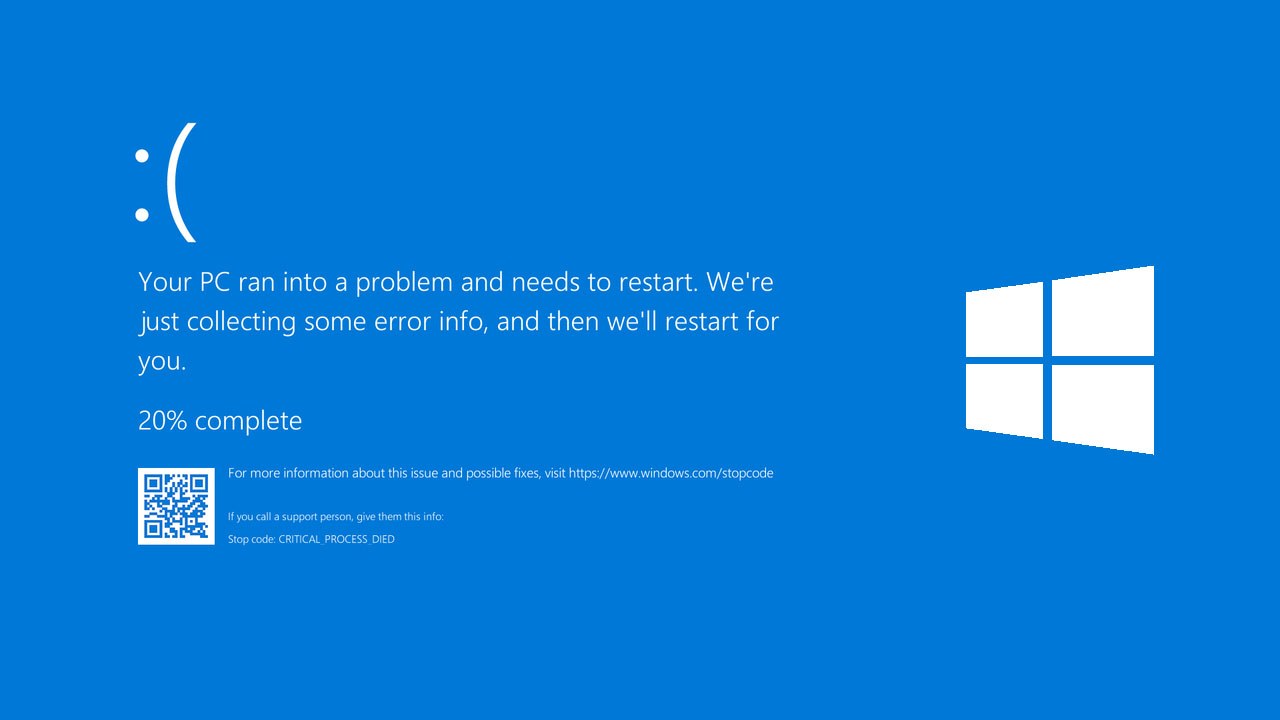
The BSOD, a critical error screen indicating system failure, has been reported by users on both Windows 10 and Windows 11. The issue surfaced shortly after the update was released, with many users experiencing system crashes and reboots. The update was intended to enhance security features, but instead, it has caused widespread system instability.
Users affected by this problem report that the BSOD occurs frequently, often during routine tasks or immediately after booting their systems. Attempts to roll back the update or use system restore points have not consistently resolved the issue, leaving many systems in a perpetual state of failure.
Technical analysis indicates that the BSODs are linked to conflicts with various system drivers and components. One prevalent theory suggests that the update conflicts with the Microsoft Malware Protection Engine, causing critical system processes to fail. This aligns with numerous user reports of BSODs featuring error codes related to system services and drivers.
CrowdStrike, a cybersecurity firm whose software is widely used, has also been implicated in some instances. Users with CrowdStrike installed have reported higher incidences of BSOD following the update. However, it remains unclear whether CrowdStrike's software directly conflicts with the update or if it exacerbates existing issues.
Microsoft has acknowledged the problem and is actively investigating the root cause. In the meantime, the company has advised affected users to run system diagnostics and check for additional updates that may resolve the issue. Some users have found temporary relief by booting into safe mode and performing system scans, but these solutions are not universally effective.
The widespread nature of this problem highlights the challenges of balancing security updates with system stability. While the primary goal of updates like KB5022834 is to protect users from emerging threats, the unintended consequences have left many questioning the update process.
The BSOD issue has reignited discussions about the reliability of automatic updates and the need for thorough testing before release. Users are urging Microsoft to provide more robust rollback options and clearer communication during such incidents. This situation also underscores the importance of regular system backups, as many affected users have lost unsaved work and encountered significant downtime.
As Microsoft works to resolve the BSOD issue, users are advised to stay informed through official channels and exercise caution with system updates. The company is expected to release a patch to address the underlying problems, but until then, users may continue to face disruptions. This incident serves as a stark reminder of the complexities involved in maintaining secure and stable operating systems in an ever-evolving digital landscape.
Topics
Technology
